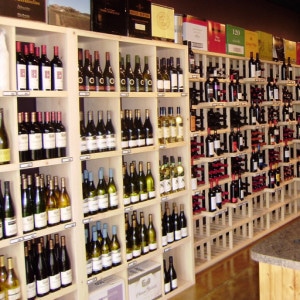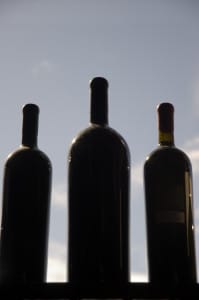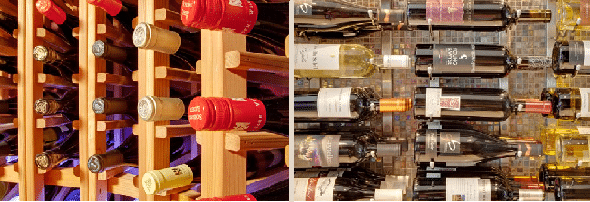Wine cellars, whether for residential or commercial purposes, need to be designed and built by an expert. Wine cellars are not mere storage spaces. They area safe haven for wines, and ensure that their quality is preserved and that their aroma and flavors develop. If there are mistakes in the construction of a wine cellar, or if there are important elements that are overlooked, the result can be disastrous for wines.
The Need for Proper Wine Cellar Construction by a Wine Cellar Expert
More and more people understand the need to invest in a wine storage solution. You cannot start a wine collection without having a storage space for them to age within. The problem is that there are still many people who think that they can have their wine cellar built by a carpenter, or worse,try to undertake the task themselves.
It is imperative to understand that a wine cellar has many wine cellar construction specifications that must be met in order for it to become an effective wine storage solution. This is why a wine cellar should be designed and built by a wine cellar expert.
A wine cellar expert will make sure that the essentials of a wine cellar are covered. They help you determine what wine racks will look and work best in your wine cellar. They also give advice on what type of wine cellar door is best suited for your storage room,recommendations on the type of wall and ceiling treatment most appropriate for your wine cellar,and suggestions on the style of wine cellar floor. All of these elements are important in the construction of the cellar, and largely influence its price.
5 Common Mistakes in Wine Cellar Construction
Proper wine cellar construction is needed to avoid problems in the wine storage room’s capability to provide the ideal storage conditions for your wine collection. The problems that arise in a wine cellar can be linked to these 5 common mistakes in the construction process:
1. Mistakes in the Construction of the Wine Room Walls and Installation of Proper Insulation
When having a wine cellar constructed in Vancouver, Canada, you should pay attention to the walls and the insulation. A common mistake is the improper installation of the vapor barrier, which results in humidity problems, and ultimately mold and mildew growth in the wine room. The temperature and humidity inside a custom wine cellar in Vancouver, Canada should be significantly different from the temperature and humidity outside it. This is why it has be completely sealed off with 6 mil polyethylene film: to make sure that no moisture can enter the room. The film should be installed on the warm side of the wall, between the studs, wrapping the entire room and ceiling . Insulation is to be installed after.
Proper insulation selection and correct installation are critical to your wine storage room’s efficiency,aiming to keep a space cooler than its surrounding spaces. The most commonly used material is fiberglass insulation with the highest R value possible. For 2 x 4 studs, R 13 is recommended, while R 19 is suggested for 2 x 6 studs. In the installation of the insulation, small nooks and crevices are often overlooked. These spaces, if left unprotected, can become a pathway for heat and moisture. Use a spray insulating foam sealant to seal these spaces.
2. Wrong Wine Cellar Cooling Unit Size
Wine cellars in Vancouver, Canada should not have just any wine cellar cooling unit. The unit should be the appropriate size for the particular space. A wine cellar cooling expert can help you determine the right wine cellar refrigeration system size for your wine storage room. There are so many things to be considered in order to determine the size and type of wine cellar cooling system best for your cellar. If you base the wine cellar cooling unit solely on the cubic feet of space in the room, you could end up under sizing the unit, and subsequently cause it to run excessively and there by shorten its lifespan. A few of the things checked in order to determine the appropriate unit include the type of insulation used, the type of wine cellar door, the amount and type of glass windows in the room, the types and wattage of the wine cellar lighting, the number of people most often inside the wine cellar room, etc.




